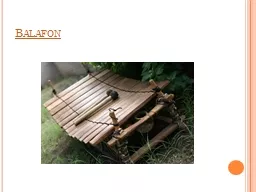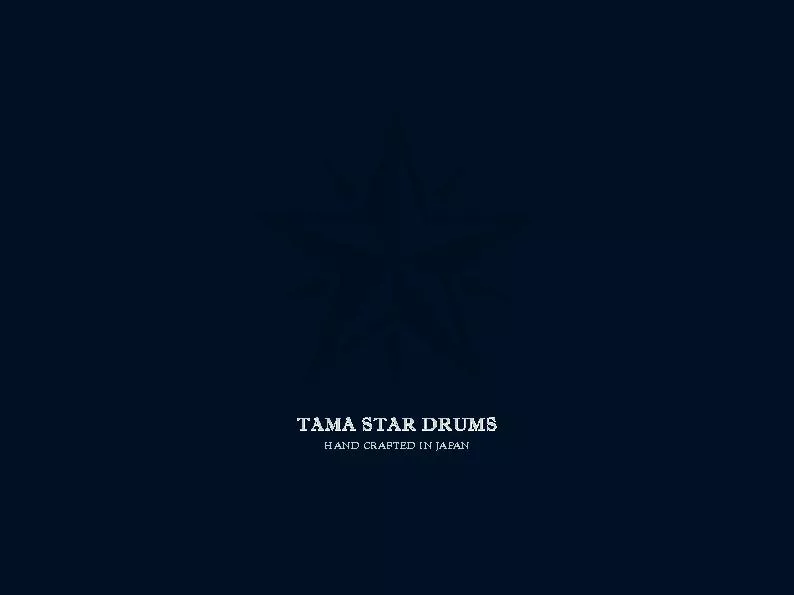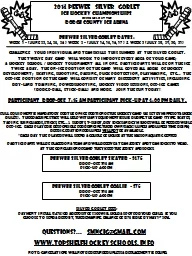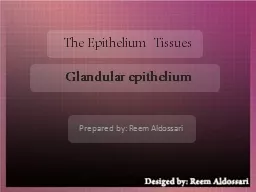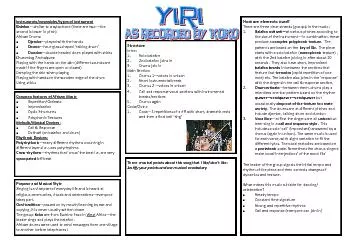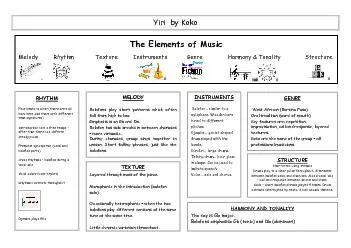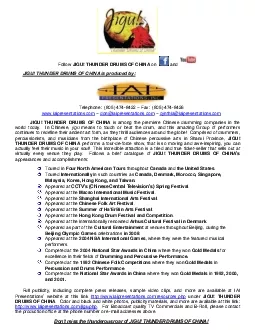PPT-Balafon Goblet Drums Gankogui
Author : aaron | Published Date : 2019-06-23
Shekere Singing Drum Donno Drum Talking Drum Mbira Zeze Begena Oud Atenteben The Extreme Diversity of African Music Due to the geographically huge size and large
Presentation Embed Code
Download Presentation
Download Presentation The PPT/PDF document "Balafon Goblet Drums Gankogui" is the property of its rightful owner. Permission is granted to download and print the materials on this website for personal, non-commercial use only, and to display it on your personal computer provided you do not modify the materials and that you retain all copyright notices contained in the materials. By downloading content from our website, you accept the terms of this agreement.
Balafon Goblet Drums Gankogui: Transcript
Download Rules Of Document
"Balafon Goblet Drums Gankogui"The content belongs to its owner. You may download and print it for personal use, without modification, and keep all copyright notices. By downloading, you agree to these terms.
Related Documents

